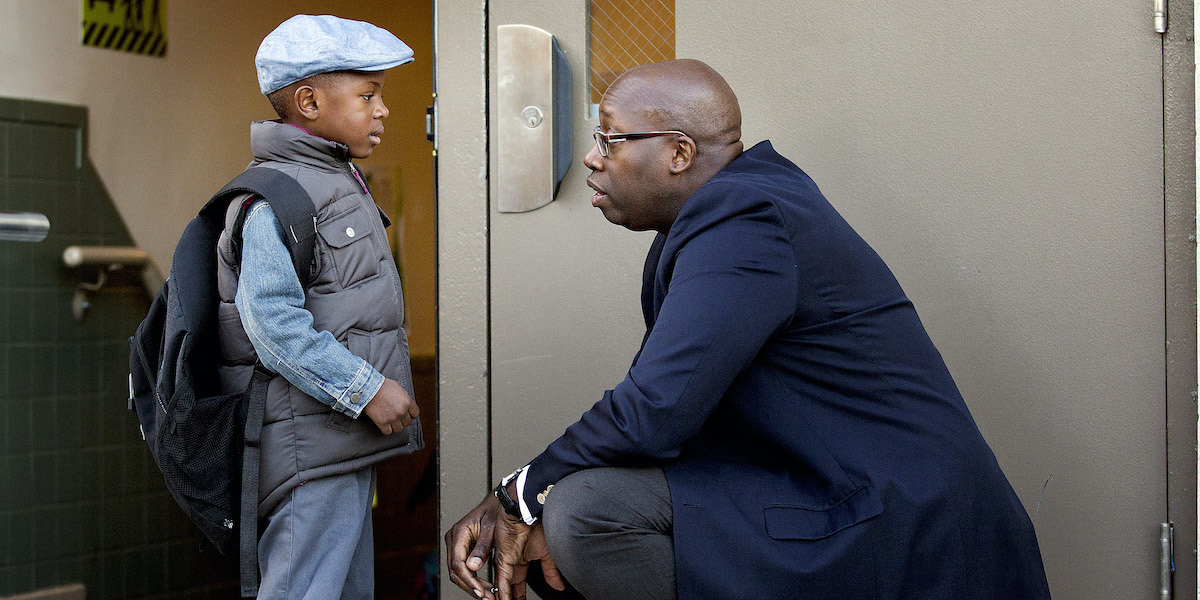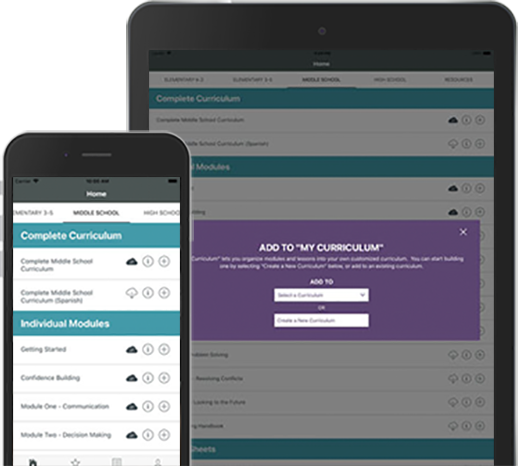Safe Spaces
Posted: June 10, 2020By Orayne Williams, Former Overcoming Obstacles Student & Social Worker for Bronx Defenders

The risk-factors of homelessness, poverty and single-parent homes for students and their families are often overlooked, instead of taking them into consideration holistically in the classroom. According to the U.S. Department of Housing and Urban Development, there are more than 560,000 homeless people in the United States on a given night. But homelessness is not just the obvious idea of being without a physical home; it also embodies certain aspects—such as the breaking up of families—that silently dehumanize a child’s psyche.
Homelessness has a devastating impact on the lives of children and youth. They are more likely to suffer from anxiety and depression, develop behavior problems, and experience poor health. The odds are already stacked against these students. This is why it is absolutely necessary to teach our most vulnerable young people life skills in school.
Providing life skills instruction as part of the regular school day allows for critical skills instruction including social and emotional learning. It can also foster a caring relationship between teachers and students, ultimately creating a safe space for those young people who sadly, tragically, have no home. If we can meet or address the emotional needs of students in the classroom, they will be more equipped to manage their behavior and regulate their emotions. Advocates for Children found that a youth who experiences homelessness is 87% more likely to drop out of school. I am a strong believer that no one stays where he or she is misunderstood.
I remember feeling misunderstood in my classroom when I moved from sitting in the front to back. What the teachers called being defiant, I called hiding the wrinkles in my clothes because the shelter had no iron. What the teacher called following wrong company, I called muffling the cry of my stomach that did not have breakfast. The two things that would have been helpful in this experience were: (1) a safe space, and (2) life skills instruction. Creating a safe space for a student who may not have a safe space at home is crucial to grasping that student’s attention. However, we must first eliminate the notion that “children have it easy because they do not have bills and a job.” This way of thinking silenced me most of my childhood and I felt like my obstacles were not real, therefore I did not deserve any special attention from my teachers and school.
Creating a safe space allows children to be seen and heard and only when children are seen and heard do we have their full attention. Life skills teachers and their classrooms provide these safe spaces.
Overcoming Obstacles offers hundreds of free K-12 life skills lessons designed to prepare young people for all of the challenges life presents. It’s free now and forever and available for download by creating an account at overcomingobstacles.org.




